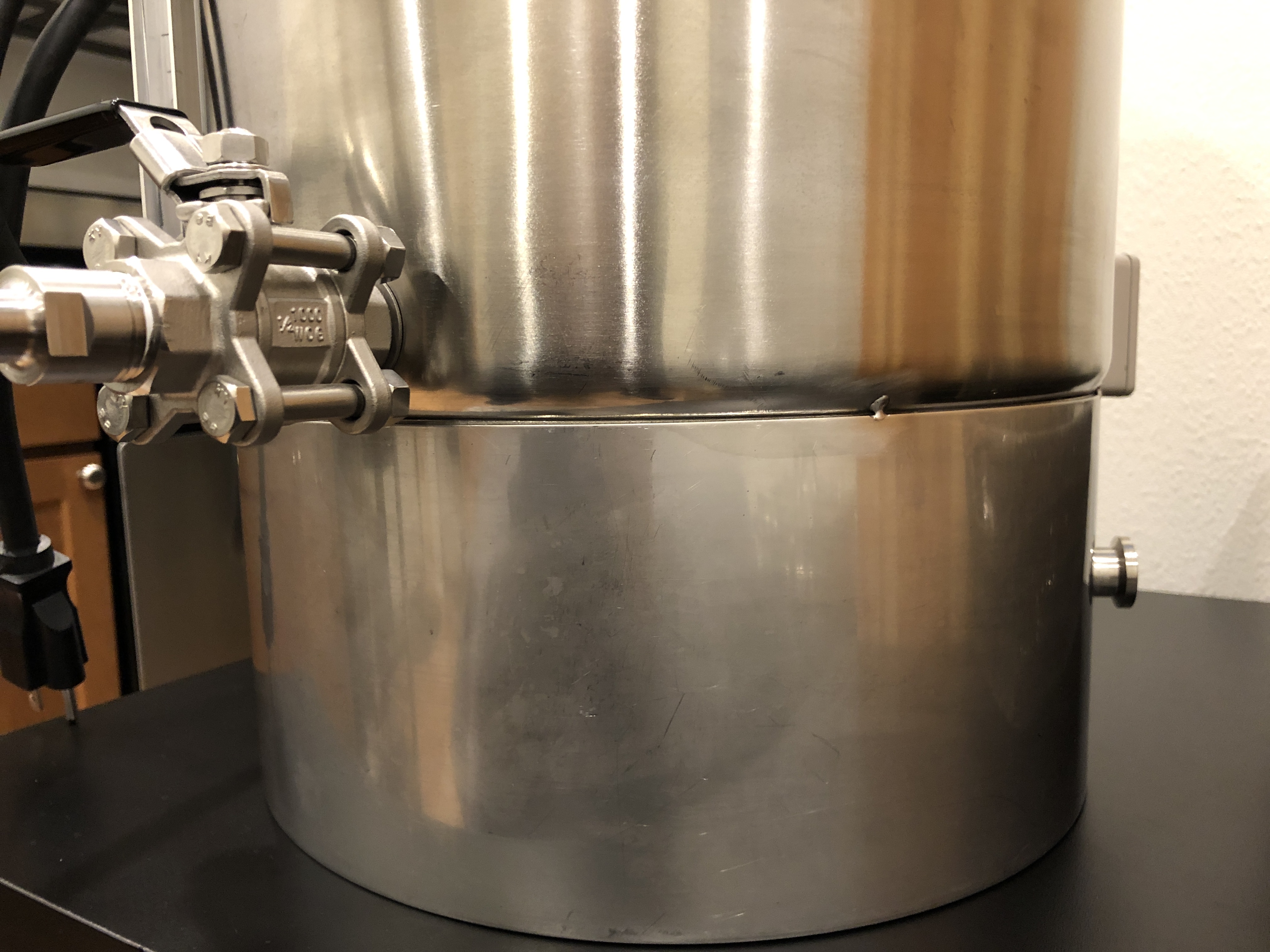

- ANVIL FOUNDRY BEERSMITH UPGRADE
- ANVIL FOUNDRY BEERSMITH ANDROID
- ANVIL FOUNDRY BEERSMITH PLUS
- ANVIL FOUNDRY BEERSMITH FREE
As I read up on this online, it seems to be a known “quirk” of the Foundry that the thermometer is calibrated well for mash temperatures, but not at the limits of boiling. I noted that it was boiling before the panel actually showed 212 degrees.

I suspect that as long as you’re not shooting a jet of runnings straight into the grain bed, you’re probably going to avoid channeling.Īfter removing the mashed grains, it took 50 minutes to bring the kettle to a boil at 100 percent power. I’m going to keep playing with this aspect of the system, because I do think the factory standard metal plate is a bit overly complicated. For my latest batch, I added a nylon t-junction to spit the wort out in two different directions (see picture towards the end of this post). I had minor concerns about channeling, but I figured that the slow rate of return on the liquid minimized that risk. So, I ran a length of tubing from the return pipe directly onto the top of the mash. 45 to 60 minutes of continual splashing is a risk I didn’t want to take. Now, I’m not a low-oxygen zealot, but I do try to minimize splashing. That just seems like a recipe for hot-side aeration. The one minor change I made is that I decided not to use the perforated metal disk that’s supposed to cascade the returning mash runnings across the top of the mash. The pump worked well, and I didn’t have any clogging issues. Recirculation was pretty easy and intuitive. This is in the ballpark of roughly a minute per degree of temperature increase that I’ve seen cited elsewhere. Finally, it took about seven minutes at 100% power to get up to the mash-out temperature of 168°. I then notched in back to 75% when the temperature was achieved. I started off with 75% power, but realized I should just up it to 100% to move things along more quickly. After a 60 minute mash at this temperature, I then raised the mash to a temperature of 158°, which took around 20 minutes. Starting at around 115°, it took about 30 minutes to reach my strike temperature of 146° and a mash temperature of 142°. My usual procedure is to use hot tap water, to save on time and energy. This recipe required around 7 gallons of water. I figured this would help me to explore some of the features of the system, while also producing a tasty beer! The goal was to clean off any manufacturing oil, and have it all ready for brew day.įor my first brew on the Foundry, I went with a German pils using a step mash. I filled up the rig with PBW and ran a test of the pump, followed by a quick rinse with hot water. I didn’t do it all in one sitting, but I would estimate it took about an hour to pull out all of the pieces, do the minor bits of assembly, and clean the equipment prior to brewing. The packaging was super sturdy, but also easy to open up. This system is a snap to unbox and set up. This review will be based on that experience, with the caveat that I’m still learning the system. This includes 5 gallon batches of a German pils, American IPA, Dortmunder Export, Scottish export ale, and stout, as well as a 3 gallon batch each of a moderate-strength winter ale and an imperial IPA. The steel insert to adapt for small batches is supposed to improve efficiency in that case, by preventing recirculated mash runnings from just flowing over the top of the grain bed, rather than through it.Īt this writing, I’ve brewed seven batches with the system. I normally work with 5 gallon batches, and don’t see that changing in the future, but I do occasionally want to brew 2.5 or 3 gallon batches. In terms of options, I got the recirculation pump kit, along with the small-batch adapter.
ANVIL FOUNDRY BEERSMITH FREE
Luckily, I managed to buy direct from Anvil on a 10% discount sale, and they had free shipping! It took about two weeks for the setup to arrive, and I eagerly unboxed it as soon as it hit my doorstep.
ANVIL FOUNDRY BEERSMITH UPGRADE
I want a system that will still work after I upgrade my phone, or when my wifi is down, or if the unit’s software is “helpfully” updated.
ANVIL FOUNDRY BEERSMITH ANDROID
The final selling point for me was that the controls are supposed to be dead-simple and all on-board the unit, rather than hiding behind a Bluetooth-connected Android app. Even though I’m limited to 120 for the time being, I like the idea of having the option open.
ANVIL FOUNDRY BEERSMITH PLUS
The ability to switch between 120 and 240 voltage was also a plus in the long-term. The heating element was particularly well rated, and had high marks for excellent heating plus minimal risk of scorching. First, the cost (<$500 for the version with pump) seemed fairly reasonable, and the reviews for quality and reliability were solid.

Following a week or two of research, I settled on the Anvil Foundry 10.5 gallon brewing system.


 0 kommentar(er)
0 kommentar(er)
